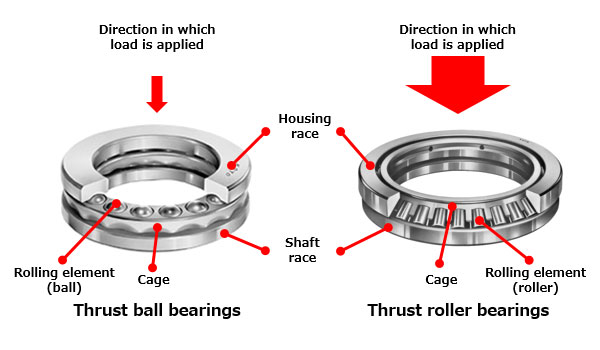Guide to Thrust Roller Bearings
When purchasing thrust roller bearings, it is important to understand some basic details that may not be immediately apparent. These include the dynamic and static load, available sizes, and ABEC rating. This guide will help you understand the basics and make an informed decision. You will also learn how to choose the right bearing for your needs.

Dynamic and static load
A basic rating life of a thrust roller bearing can be calculated by using the dynamic and static load ratings of a bearing. The static load rating of a bearing is the radial load that it can support without damage without moving. This rating also takes into consideration the forces exerted during assembly, vibrations, and impacts.
Available sizes
Thrust roller bearings are available in a variety of sizes. They are self-lubricating, maintenance-free, corrosion-resistant, and lightweight. They can be used in a variety of industries, including automotive, textile, and office machinery.
Common uses
Thrust roller bearings are non-rotating components that support axial loads. They feature a seal to keep fluid inside the bearing. They can also be self-aligning and can accommodate a small degree of misalignment.
ABEC rating
The ABEC rating of thrust roller bearings provides consumers with an important tool for selecting the right bearing. The system identifies tolerance levels, which are specified to one tenth of an inch. In addition, the ABMA (Anti-friction Bearing Manufacturers Association) sets standards for steel balls and part numbering.
Rolling elements
The rolling elements of thrust roller bearings are composed of a pair of races and a group of rollers. When selecting a roller bearing, consider how it will be mounted and what lubrication it will receive. The type of load it will support will determine how durable it will be.
Ball materials
To determine the performance of a thrust roller bearing, first determine the load. In general, the thrust load is 2.5 to 3 times the radial load. However, it should be noted that the two loads are not additive. Using these values, you can calculate the total bearing load.
- Previous: Banded Ball Thrust Bearing
- Next: Thrust Roller Bearing Catalog











